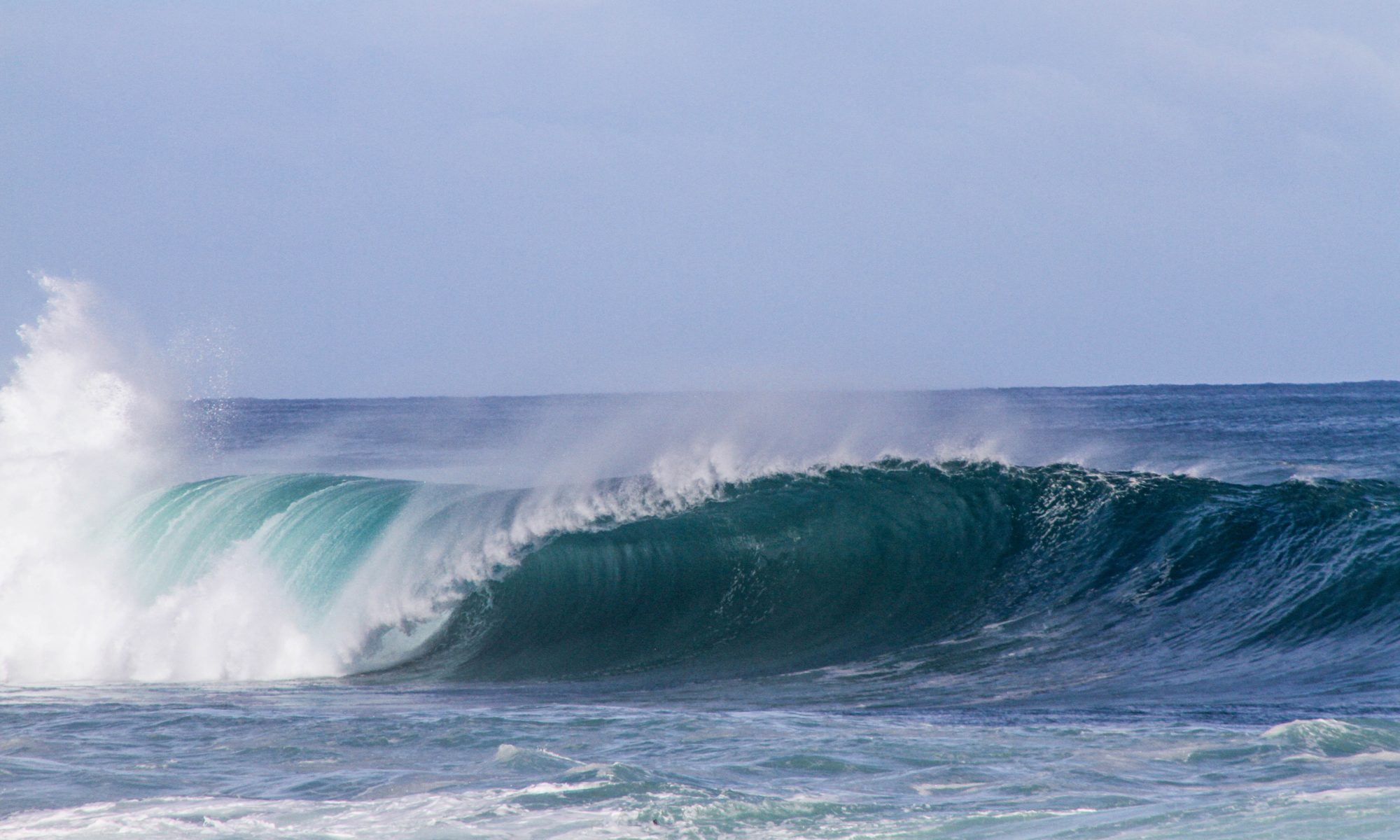 In 2014, the Environmental and Energy Study Institute and the Union of Concerned Scientists (USC) held a press conference to discuss a new report on the risks that climate change presents to landmarks and historic sites across the nation. The report, titled “National Landmarks at Risk: How Rising Seas, Floods, and Wildfires Are Threatening The United States’ Most Cherished Historic Sites,” [http://www.eesi.org/briefings/view/052014landmarks] focuses on how sea level rise, coastal erosion, increased flooding, heavy rains, and larger wildfires are damaging archaeological sites, historic buildings, and cultural landscapes. Society for American Archaeology President, Dr. Jeffrey Altschul, delivered remarks focused on the importance of protecting archaeological sites from climate change.
In 2014, the Environmental and Energy Study Institute and the Union of Concerned Scientists (USC) held a press conference to discuss a new report on the risks that climate change presents to landmarks and historic sites across the nation. The report, titled “National Landmarks at Risk: How Rising Seas, Floods, and Wildfires Are Threatening The United States’ Most Cherished Historic Sites,” [http://www.eesi.org/briefings/view/052014landmarks] focuses on how sea level rise, coastal erosion, increased flooding, heavy rains, and larger wildfires are damaging archaeological sites, historic buildings, and cultural landscapes. Society for American Archaeology President, Dr. Jeffrey Altschul, delivered remarks focused on the importance of protecting archaeological sites from climate change.
Currently, protecting historic sites from climate change has been done one site at a time, in a “save my lighthouse approach,” which will over time become cost prohibitive. Dr. Altschul asserts that there must be a shift in thinking, in which we as a nation assess what historical sites and landmarks we want to save and can be saved.
Technological advances are not our only tool to solve the challenge of climate change. Information we have about humanity’s responses to past climate change, gathered through archaeological research, can also be used to determine the best way to deal with these challenges.
Even with significant efforts to mitigate GHG emissions today, future climate projections anticipate that climate change may have significant effects on precipitation, temperature, and weather patterns.
- Rising sea levels are eroding coastal sites and cemetaries.
- Rising temperatures will pose threats to wooden buildings as termites and other pests are able survive at higher latitudes and altitudes.
- Increased rainfall and river flow and downcutting is eroding mud-brick ruins and buried archaeological sites.
- Increased lightning and fires are destroying historic buildings and archaeological sites, as well as creating conditions for increased erosion of buried archaeological sites.
- Creeping desert sands are blasting the traces of ancient civilizations.
- The melting of ice is causing millennia-old organic remains preserved in ice to become exposed and rot.
- As coastal communities relocate inland, inland sites will be impacted.
Now is the time to assess your property for archaeological sites, historic buildings, and cultural landscapes that may be impacted by the effects of climate change, or that have already been damaged by erosion or wildfires. The next step is to take action to resolve the effects of climate change on historic properties.
Ms. Garcia-Herbst would like to use her training at the Climate Reality Leadership Corps in 2017 in Denver, as well as climate science, to promote historic preservation in areas affected by sea level rise and climate change related erosion, such as coastlines, rivers and deforested areas.
Photo: A view of the lighthouse at Point Loma, San Diego. Credit: U.S. Navy.

